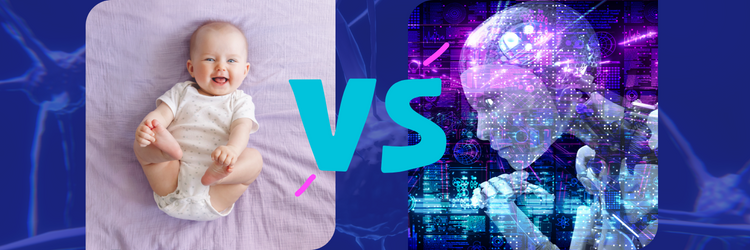Where Infants Beat AI
It seems that infants can detect what motivates other people’s actions, outperforming AI at the same task. A study performed by researchers at New York University shows the fundamental differences between cognition and computation and where improvements in AI are needed before it can claim it replicates human behavior.
Interestingly, by looking at how infants detect goals and preferences, AI developers should draw on the same core abilities of infants. For example, infants are fascinated by other people—looking at others for a long time to observe their actions and to engage with them. They are said to understand intentions, goals, preferences, and rationality in others’ actions. This is the foundation of human social intelligence.
Commonsense AI, however, powered by machine-learning algorithms—predicts actions directly. But AI lacks flexibility in recognizing changing and different contexts and situations that guide our behavior.
The researchers used an 11-month-old’s responses and compared them to those of state-of-the-art learning-driven neural network models. They used a previously established “Baby Intuitions Benchmark” (BIB)—six tasks probing commonsense psychology. Infants on Zoom watched a series of videos of simple animated shapes moving around the screen. The shapes’ actions simulated human behavior and decision-making by retrieving objects on the screen and other movements. Similarly, the researchers built and trained learning-driven AI tools that help computers recognize patterns and simulate human intelligence—and tested the models’ responses to the same videos.
Infants recognized human-like motivations even in animated shapes and predicted that hidden but consistent goals drive these actions. However, an AI model indicates no evidence of understanding the reasons underlying such actions. They lack the fundamental foundational principles of commonsense psychology that our infants have.

